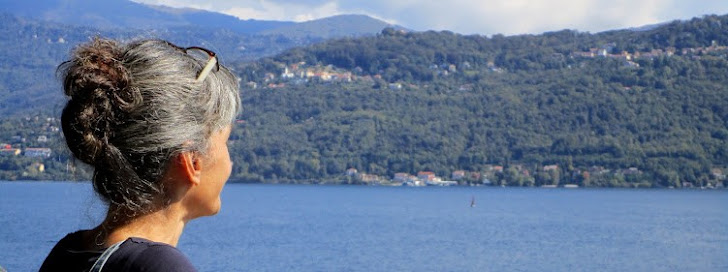Vai fazer 4 anos que por Resolução do Conselho de Ministros n.º 124/2006 [Diário da República, Série I, de 2006-10-03] se anunciava a reviravolta do sistema dos laboratórios do Estado. Entre outras, lia-se no ponto 5, do anexo:
"É extinto o Instituto Nacional de Engenharia, Tecnologia e Inovação (INETI), sendo os seus recursos científicos e tecnológicos, humanos e materiais reorganizados e integrados noutros laboratórios, centros tecnológicos, instituições de ensino superior e consórcios a criar. Em particular, as infra-estruturas do INETI transformam-se em parque de ciência e tecnologia com a participação e gestão de universidades, laboratórios associados e laboratórios do Estado e alargam-se a parcerias com empresas, no quadro de projectos definidos, organizando-se ainda como espaço de acolhimento de programas europeus de I&D."
- Para onde foram os «seus recursos científicos»?
- E os «recursos tecnológicos»?
- E os «recursos humanos»?
- Onde está o «parque de ciência e tecnologia com a participação e gestão de universidades, laboratórios associados e laboratórios do Estado»?
Claro está que estas questões não interessam a ninguém. O que interessa não é cuidar das infra-estruturas e da estabilidade necessárias para que se faça ciência, mas sim ficar bem na fotografia e inscrever nas palavras as intenções de actos que nunca irão ver a luz do dia, tornando irreversíveis os danos causados.
Pelo meio, no decurso de 4 longos anos, foram-se perdendo unidades, recursos científicos e tecnológicos. As cerca de 1000 pessoas na altura? Umas foram resistindo, outras cedendo, depois sucumbindo, caindo ou tombando... reconvertendo horizontes científicos em reformas antecipadas, em trabalho administrativo, em fragmentos profissionais, em alternativas à ciência. Foram-se esvaziando as competências, as capacidades e as equipas que outrora alimentavam e captavam recursos. Os que resistem são menos de 500. Sem novas admissões ou valorização dos que ficam.
O que se ganhou com estas perdas para se sentir que valeu (vale?) a pena: para o país, para a IeD, para o Laboratório, para as unidades, para as equipas e para os reflexos que se fizeram (fazem) sentir na vida de tantos colegas? Quatro anos de transição e a tal «reorganização» ainda por acabar...
[link para o post de 3 de Outubro de 2006, no B2OB: Não basta estar extinto!]
PS [2010, 11 de Outubro]: Recebi (através de um amigo atento) a indicação da publicação em Diário da República da "Lista de Reafectação do Pessoal do INETI ao LNEG". Afinal passámos de cerca de 1000 para 404 efectivos. Ou seja, em 3 anos uma redução de 60% no quadro de pessoal!
PS [2010, 11 de Outubro]: Recebi (através de um amigo atento) a indicação da publicação em Diário da República da "Lista de Reafectação do Pessoal do INETI ao LNEG". Afinal passámos de cerca de 1000 para 404 efectivos. Ou seja, em 3 anos uma redução de 60% no quadro de pessoal!








